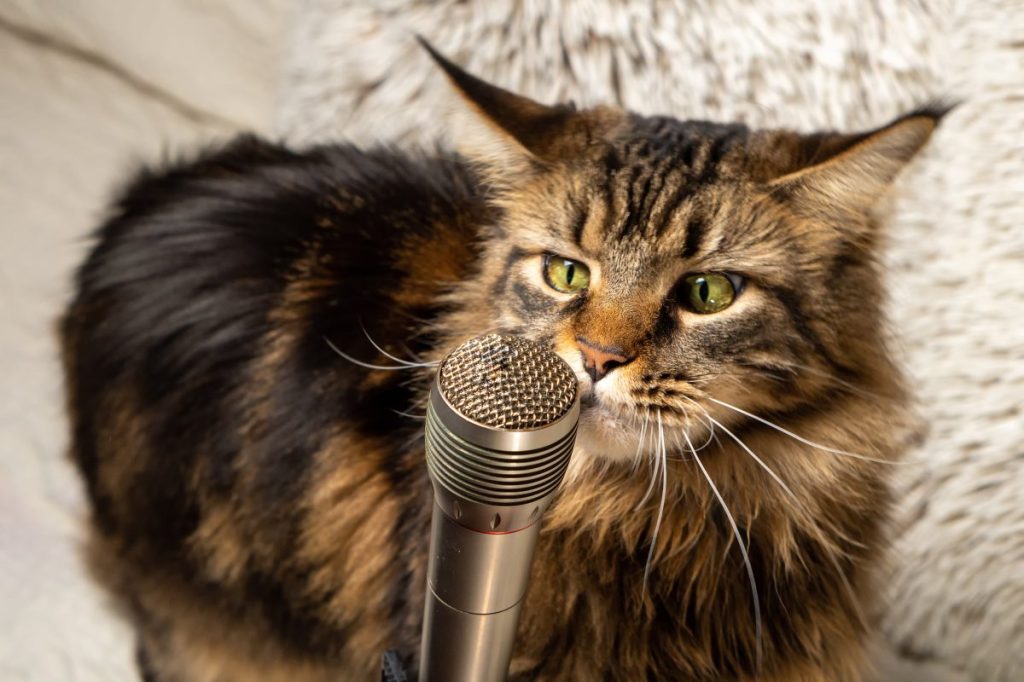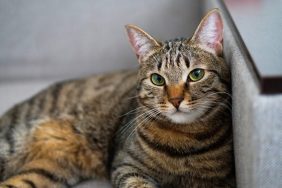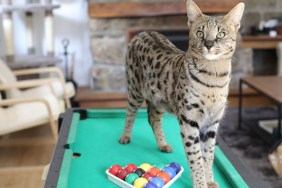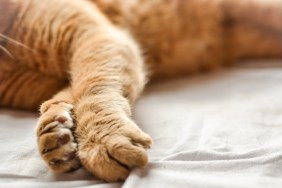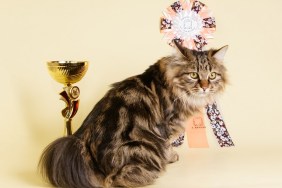A senior cat from the United Kingdom is making some noise. The new Guinness World Record holder of the loudest purr among living domestic cats is a 14-year-old feline named Bella.
14-year-old cat snags Guinness World Record for loudest purr
According to HuffPost, Bella’s purr measures at 54.59 decibels. That’s the equivalent of a kettle boiling.
“If there’s food around, or cuddles, she always purrs,” Nicole Spink, Bella’s cat mom, said in a Guinness news release.
Spink said the purr is so loud that she and her late husband used to have to turn the volume way up on the TV so they could hear their programs.
“My late husband used to always moan about the sound of her purr blocking the sound of the TV in the evenings,” she said.
She even purrs at the vet!
Spink has long suspected Bella has extraordinary purring talents.
“Friends and family always notice Bella’s loud purr, everyone comments, ‘What’s that loud noise? Oh, it’s the cat,’” Spink shared. “It’s just Bella being happy!”
Bella joins a long line of loud feline friends. Two other cats hold the record for the loudest purr by a domestic cat. In 2011, a cat named Smokey set that record with a purr registering at 67.9 decibels. Another cat, Merlin, matched that record in 2015.
While an app can measure your cat’s purr, you really need a sound engineer to get an accurate reading of how loud it is. You also must have perfect purring conditions. Bella required a bowl of food and a bed to get her best purr on. Hear Bella’s impressive purr in this video around 1:29.
Everything you need to know about cat purring
Cats are known for their soothing and enigmatic purring. It’s a behavior that serves multiple purposes. While the exact mechanisms behind purring are not entirely clear, purring is an effective communication tool.
Firstly, cats purr as a sign of contentment and relaxation. It’s their way of expressing comfort and happiness. You’ll notice this most often while petting them or when your cat is lounging in a cozy spot.
However, cats also purr when they are in pain or distress, suggesting that it can be a self-soothing mechanism.
Purring may serve as a way for cats to communicate with their parents and other cats. It may convey a message of non-aggression and a desire for social interaction. Some also suggest that purring can have a therapeutic effect. It’s possible that purring promotes healing and reduces stress in both the cat and their human companions.
Cat’s purrs vary. The variation in volume may be due to factors such as a cat’s individual physiology and temperament. Some cats may have more robust vocal cords, resulting in louder purring. Others might be naturally quieter. ‘
The context in which a cat purrs also influences its volume. Some cats become louder when excited or happy. Then, their purrs turn softer when in pain or discomfort. Understanding these variations can help cat parents better interpret their pets’ emotional states and needs.
